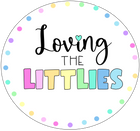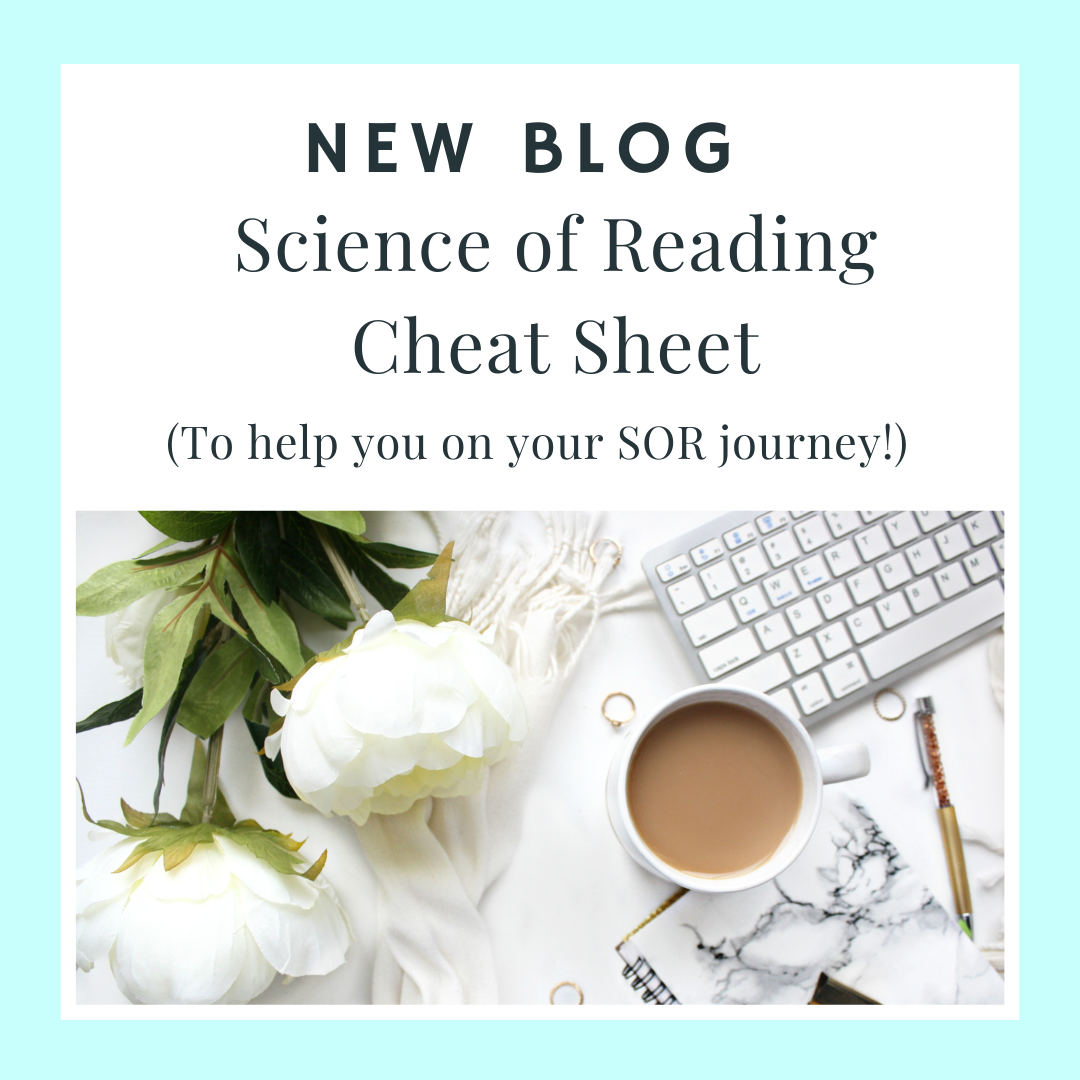Many of these terms were new to me. The ones I did know I think I used them interchangeably. I thought they basically meant the same thing. (They didn't!)
If you're just getting started on your Science of Reading journey, here's a little glossary of terms. I don't claim to be a Science of Reading expert (those amazing people are my gurus!) but I hope they might help you in your journey.
Blending
The oral skill of putting sounds together.
For example:
/d/, /o/, /g/ = dog
/sh/, /ar/, /k/ = shark
Decodable Books
Decodable books are simple books that have been written for beginning readers. They contain the specific letter/sound correspondence that students have learned.
Decode
To 'sound out' and blend phonemes (sounds) together to read words.
Digraph
Two-letter graphemes that make one sound.
For example: sh, ch, th, ck, ng
Encode
To segment the sounds in a word and write down the corresponding letter(s) to spell words.
Explicit
This means that skills are taught clearly and directly by the teacher, with plenty of modelling.
Fluency
The ability to read a text with accuracy, expression and at an appropriate rate.
Grapheme
The written representation of a phoneme. A grapheme can be one or more letters.
For example: In shark, there are 5 letters, but 3 graphemes: sh-ar-k
Heart Words
Heart words are frequently-used words that can mostly be decoded using letter/sound knowledge, but there is a tricky part that is irregularly spelled. This tricky part needs to be 'learned by heart'.
For example: in said, the /s/ and /d/ sounds are represented by the letters s and d (which is what you would expect).
But the /e/ sound is made by the letters ai. This is irregular therefore needs to be remembered 'by heart'.
Heart words are also words that have spelling patterns that have not been taught yet. These are temporary heart words. Once the student has learned that particular spelling pattern, then they will be able to decode the word and it would no longer be considered a heart word.
Morphology
Morphology is the study of words. We have base words, and add prefixes (e.g. un, dis) and suffixes (e.g. ing, s, er) to make new words.
For example:
Base word - tie
Prefix: untie
Suffix: tied
Phoneme
A phoneme is the smallest unit of sound in speech. Often, slashes are used to denote phonemes.
For example:
dog has three phonemes- /d/, /o/, /g/
shark has three phonemes - /sh/, /ar/, /k/
Phonemic awareness
Phonemic awareness is the ability to hear and manipulate sounds in words. It include: isolating sounds in words, blending sounds together, segmenting words into sounds, deleting sounds, adding sounds, substituting sounds.
Often, phonemic awareness is described as: "being able to do in the dark".
Phonics
The system of which symbols represent sounds in an alphabetic language.
Phonological awareness
The understanding that speech can be broken into smaller units of sound, such as words, syllables and phonemes.
Science of Reading
Science of Reading (or SOR) refers to a body of research that has been conducted over decades by reading experts and cognitive scientists. The research has shown us some of the best methods for teaching students to read.
Segmenting
Breaking up a word into its individual sounds orally.
For example: ship = /sh/, /i/, /p/
Systematic, synthetic phonics
An explicit approach to teaching reading and spelling. Children learn the alphabetic code in a carefully planned sequence that progresses from simple to complex skills.
Vocabulary
Vocabulary is the understanding of words and their meanings
Would you like a printable version of this cheat sheet?
To get a printable version of this free cheat sheet, could can download one here!
Teaching Prep?
If you're teaching Prep and are interested in implementing the Science of Reading into your classroom, you might be interested in this resource!
It's my Small Reading Group unit - which aligns to the Science of Reading.
This CVC words unit follows a set scope and sequence, designed to help your beginning readers learn to read. Featuring 12 lesson plans, each with their own decodable book, you'll have everything you need to deliver your small reading lessons with confidence.
Check the unit out here!



